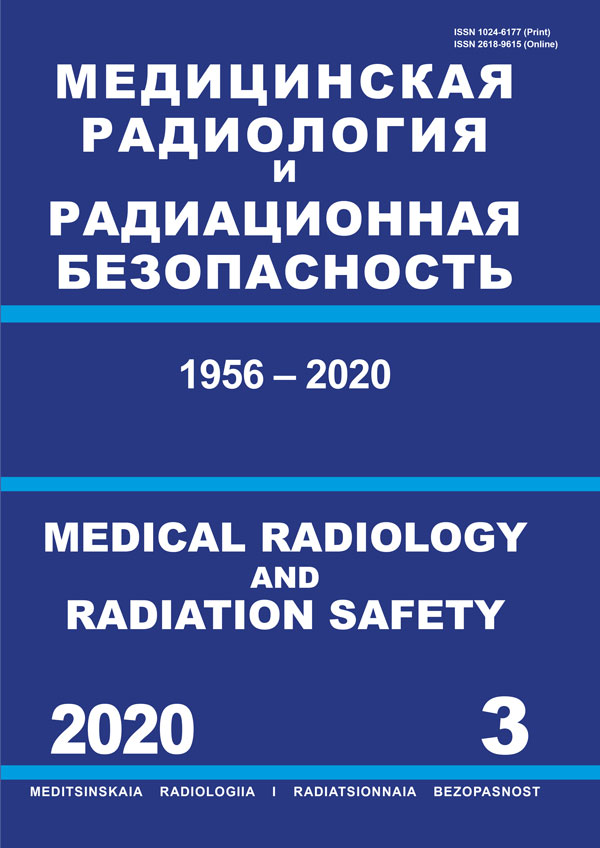Russian Federation
Russian Federation
Russian Federation
Russian Federation
Dubna, Moscow, Russian Federation
Russian Federation
Russian Federation
University “Nature, Society, Man”
Russian Federation
Institute for Biomedical Problems
A.I. Burnasyan Federal Medical Biophysical Center (FMBC) FMBA
Russian Federation
CSCSTI 76.03
CSCSTI 76.33
Russian Classification of Professions by Education 14.04.02
Russian Classification of Professions by Education 31.06.2001
Russian Classification of Professions by Education 31.08.08
Russian Classification of Professions by Education 32.08.12
Russian Library and Bibliographic Classification 51
Russian Library and Bibliographic Classification 534
Russian Trade and Bibliographic Classification 5708
Russian Trade and Bibliographic Classification 5712
Russian Trade and Bibliographic Classification 5734
Russian Trade and Bibliographic Classification 6212
Purpose: Investigation of the dose–time–effect dependency of the behavior of mice and rats after irradiation with accelerated protons and comparison of these data with the morphological changes in the hippocampus and the cerebellum of rodents. Material and methods: Experiments were performed on outbred adult female ICR mice (CD-1), SPF categories, body weight 30–35 g, of the age of 10 weeks – total number 61 animals, and on 39 male Sprague Dawley outbred rats weighing 190–230 g, aged 6.5–7.5 weeks. The animals were irradiated with accelerated protons with energy of 70 MeV on the medical beam of the phasotron of the Joint Institute for Nuclear Research (Dubna). Mice were placed in individual containers and irradiated 4 ones at a time. Irradiation was performed in a modified Bragg peak at doses of 0.5; 1; 2.5 and 5 Gy in caudocranial and craniocaudal direction. Rats were divided into 2 groups: intact control and group irradiated with 170 MeV protons at a dose of 1 Gy, dose rate of 1 Gy / min in the craniocaudal direction. The behavioral responses of experimental animals were tested in the Open Field test on days 1, 7, 14, 30, 90 in rats and on days 8, 30, and 90 in mice. Quantitative analysis of the dilution of Purkinje cells in the rat cerebellum was made, as well as morphological changes in the rat hippocampal neurons. It was shown a development of structural changes after irradiation with protons in neurons of different severity at different times after exposure: after 30 and 90 days. Results: In the period of 1–8 days after proton irradiation of mice and rats in non-lethal doses (0.5–5.0 Gy), there is a dose-independent decrease in the main indicators of the spontaneous locomotor activity of rodents. By the 90th day after irradiation, there is a clear tendency to normalize the indicators of OIR in all groups of irradiated animals, while the ES remains elevated. Disruption of motor activity of rodents irradiated with protons in the early period and its relative normalization in the late post-irradiation period occur on the background of an increased number of morphologically altered and dystrophic neurons in the hippocampus and rarefied of Purkinje cells in the cerebellum. Conclusion: The complex hierarchical structure of the central nervous system, the dependence of its function on the state of the whole organism and its hormonal background, as well as on the state of the blood supply and other factors, along with its high plasticity, require complex physiological, morphological and neurochemical approaches in analyzing the radiobiological effect of corpuscular radiation, taking into consideration the unevenness in dose distribution during irradiation.
protons, neurons, hippocampus, cerebellum, brain, behavior, open field, orienting-exploratory reaction, emotional status, rats, mice
1. Larsson B, Leksell L, Rexed B, et al. Effect of high energy protons on the spinal cord. Acta Radiol. 1959;51:52-64.
2. Bibikova AF, Lebedev BI. Morphological changes in the nervous system under the action of high-energy protons. Radiobiology. 1965;5(4):562-5. (Russian).
3. Fedorenko BS, Karpovsky AL, Ryzhov NI, Krasavin EA. Study of radiation damage in rat brain tissue. Biological studies at the Salyut orbital stations. Moscow: Science; 1984; 152-8. (Russian).
4. Winkler JR. Primary cosmic rays. Radiation Hazard during Space Flights. Moscow: Mir. 1964;25-52. (Russian).
5. Shtamberg AS, et al. Effect of high-energy proton irradiation on the behavior of rats: neurochemical mechanisms. Aerospace and Environmental Medicine. 2013;47(6):54-60. (Russian).
6. Fedorenko BS. Radiobiological effects of corpuscular rays. Moscow: Science. 2006; 25-8. (Russian).
7. Grigoriev AI, Krasavin EA, Ostrovsky MA. On the risk assessment of the biological action of galactic heavy ions under interplanetary flight conditions. Russian J. Physiology. 2013;99(3):273-80. (Russian).
8. Krasavin EA. VII Congress on Radiation Research (radiobiology, radioecology, radiation safety): Abstracts of reports. Moscow: RUDN University, 2014;21-24:456. (Russian).
9. Buresh J, Buresova O, Houston JP. Methods and basic experiments on the study of the brain and behavior. Moscow: Science. 1992;159-245. (Russian).
10. Hall CS. Emotional behavior in the rat. III. The relationship between emotionality and ambulatory activity. J Comparative Psychology. 1936;22(3):345.
11. Merkulov GA. The course of pathologic histological techniques. Medgiz.1961;162-65. (Russian).
12. Tashke K. Introduction to Quantitative Cytohistological Morphology. Publishing House of the Academy of the Socialist Republic of Romania. 1980;191. (Russian).
13. Garman RH. Histology of the central nervous system. Toxicologic Pathology. 2011;39(1):22-35.
14. Lyakhova KN, et al. Preclinical study of the neuropeptide “Semax” in radiation pathology. Problems of chemical protection and reparation during radiation exposure. Abstract of reports. Dubna, JINR, 2018 May 30-31;99-101. (Russian).
15. Mizumatsu S, Monje ML, Morhardt DR, Rola R, Palmer TD, Fike JR. Extreme sensitivity of adult neurogenesis to low doses of X-irradiation. Cancer Res. 2003 Jul 15;63(14):4021-7.
16. Matson MP, Kater SB. Development and selective neurodegeneration in cell cultures from different hippocampal regions. Brain Res. 1989. Jun 19;490(1):110-25.





